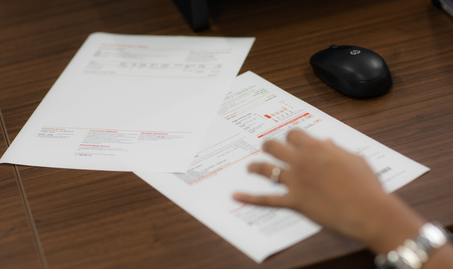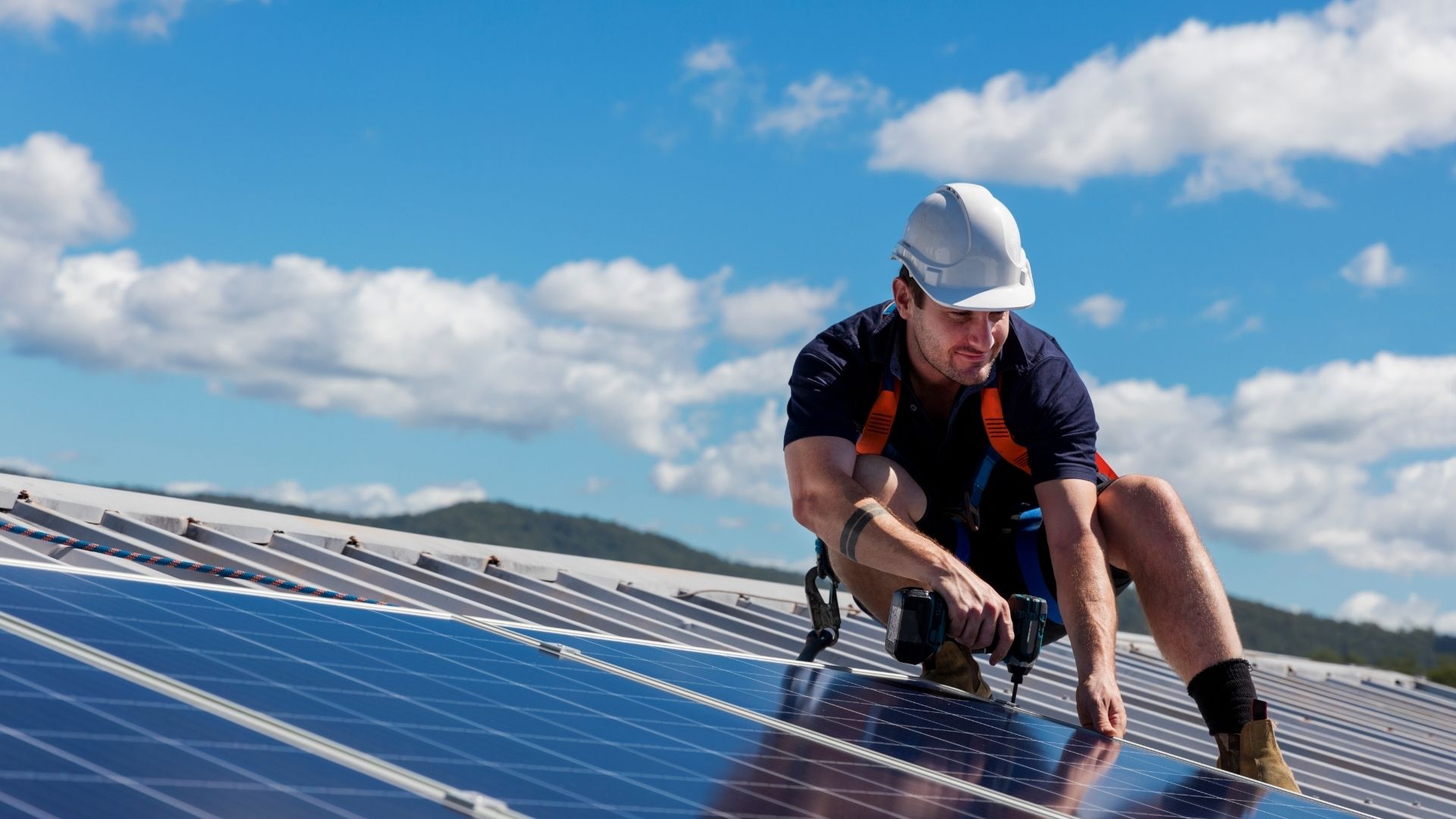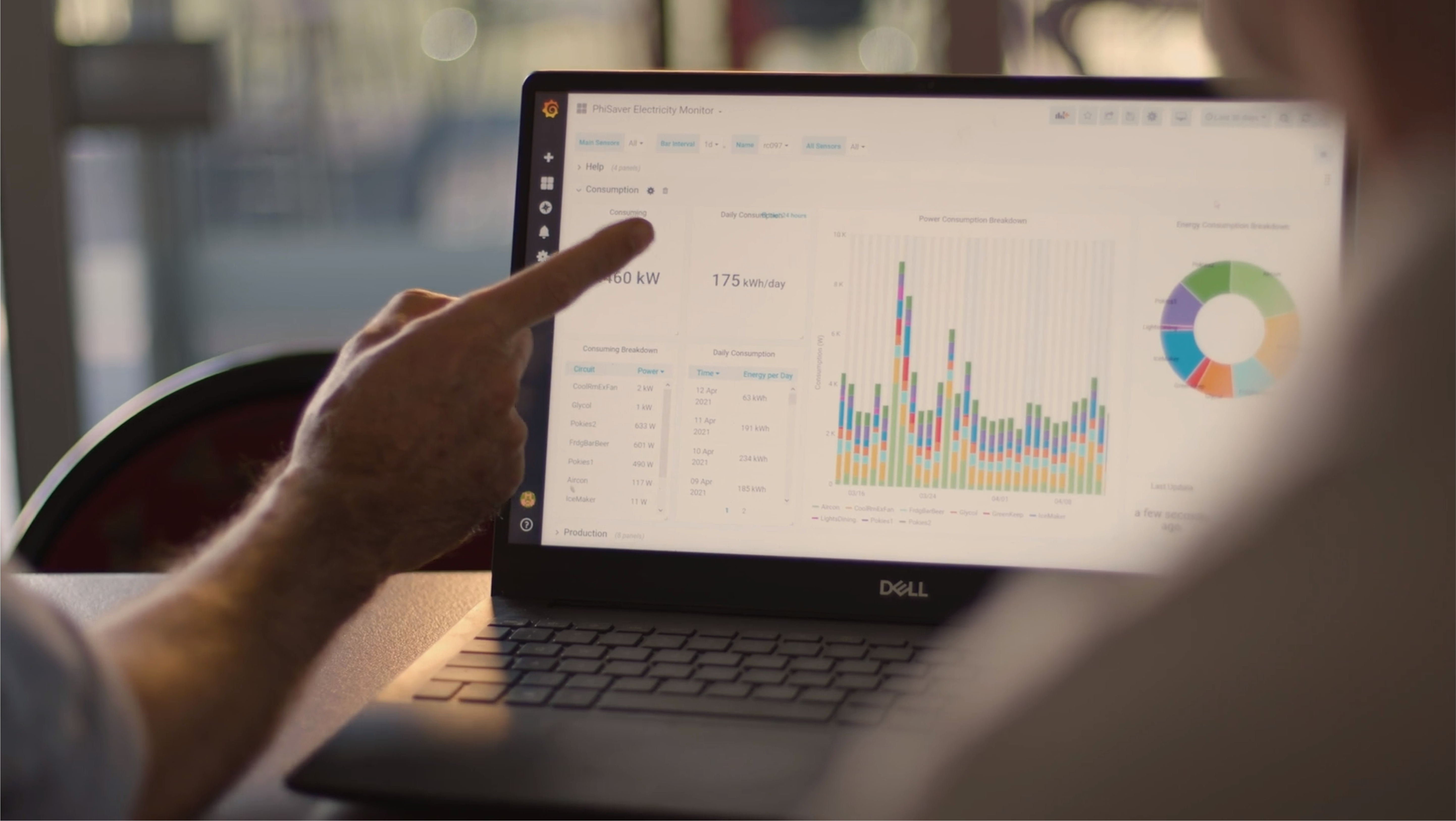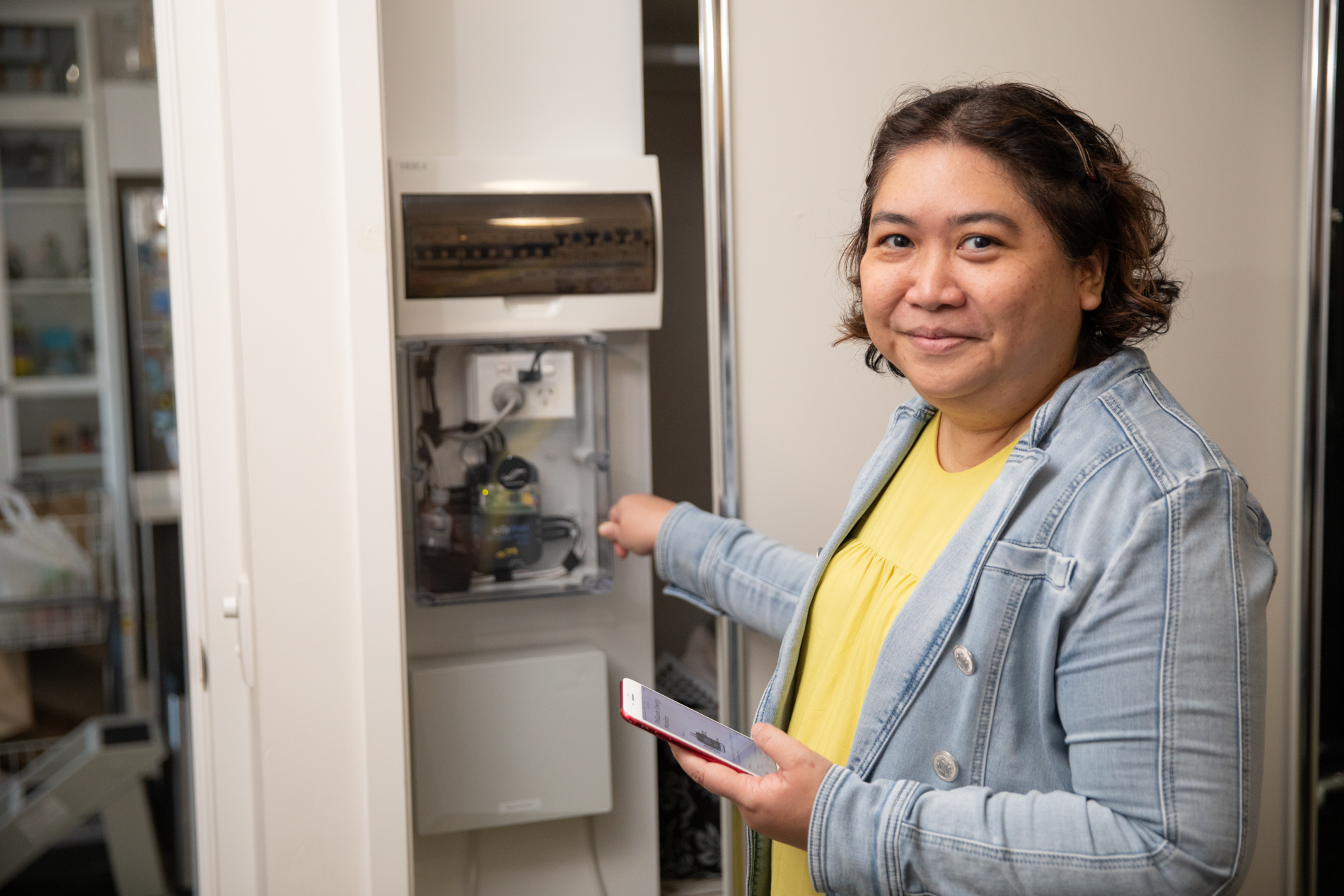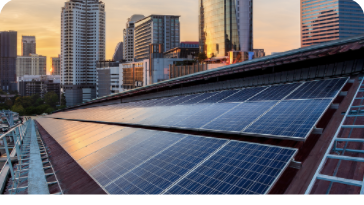SUSTAINABLE BUSINESS
How to choose the right tariff for your business
Choosing the right tariff for you is a no-cost way of avoiding paying too much
Checking that your tariff makes sense for your business’ energy requirements is a simple way to avoid paying too much for electricity. Sometimes, electricity companies place businesses on a standard tariff, without considering how and when they use energy. This article provides a general overview of some common tariff types offered in Brisbane and how those tariffs impact rates.
What you’ll find here:
- What is a tariff? We start by explaining what a tariff is and why it is important to understand what tariff your business is on.
- Which tariff am I on now? How to find your tariff by looking at your energy bill.
- What is the difference between each tariff type? Common types of tariffs and how they determine your energy costs. Read about time of use, demand, single rate, controlled load and solar export tariffs.
What is a tariff?
Tariffs are simply the rates you are charged for the electricity you use. Just like mobile or internet plans, there are many different electricity tariffs. It pays to understand the type of tariff you are on and whether this is best value for your business. Common tariff types include Time of Use (TOU), single rate, demand, controlled use and solar export tariffs.
Which tariff am I on now?
Your electricity rates are usually included on the second or third page of your electricity bill (numbers 10 and 11 in the sample bill below).
Some electricity plans charge you more during specific times of the day or after using a certain amount of electricity. For this reason, your bill may list multiple rates. You can see this on the sample bill, which uses a Time of Use (TOU) tariff. For example, “Peak – first 411 kWh” means that the business pays $0.3124 to use electricity during peak period (4pm – 9pm), until they reach 411 kilowatt-hours (kWh) of electricity use during peak times. Once they exceed 411kWh during the peak period, the price increases to $0.3245 per kWh.
It is common for electricity companies to put businesses into either a ‘small’ or ‘large’ category based on the amount of energy they use. A business who used more than 100 megawatt-hours (MWh) per year is classified as a large customer and usually put on a demand tariff. Small customers are usually put on a single rate tariff (QLD Government, 2021).
What is the difference between each tariff?
Here’s a summary of the most common tariffs Brisbane businesses are on. We also find this video super handy for a quick overview of tariff types.
Time Of Use tariffs
Usually best for: day time businesses
Time of Use (TOU) tariffs are made up of peak prices, which are more expensive, and cheaper off-peak prices. So, if your business uses lots of energy during the expensive period, a TOU energy plan will probably drive up your costs.
For example, if you operate a restaurant with a daily dinner rush from 5pm – 9pm, and your plan has a 4pm – 9pm peak period, this dinner rush happens during the expensive peak period. You may be paying double to operate during that time.
You have two options to avoid expensive peak period prices:
- Look for an energy plan that doesn’t charge you more for using energy during this time, such as a single rate tariff.
- Find ways to avoid unnecessary energy use during your plan’s peak period, which you can find on your bill. This might include running the laundry in the morning instead of at closing time or improving the efficiency of your lighting with LED bulbs or occupancy sensors.
For more ways to reduce your energy use during peak rate periods visit: Use less energy: habits and technology in your workplace – Brisbane Sustainability Agency (sustainablebrisbane.com.au)
Single rate tariffs
Usually best for: businesses with lots of activity on weekday evenings
Businesses on a single rate tariff pay the same price for electricity all day, every day. This price is likely to be higher than off-peak prices and lower than peak prices. So, compared to Time Of Use (TOU) tariffs, you may pay more per kWh. The benefit is that you avoid paying high peak period prices. So, if you have a lot happening in your business during the weekday evenings (such as in the restaurant example above), a single rate may be a good option.
Demand tariffs
These tariffs include an extra charge at a higher price per kWh based on how intensely you use electricity. The more equipment or appliances you have switched on simultaneously, the higher your intensity or demand.
Demand tariffs charge a standard usage charge (based on the total amount of electricity you use) and a demand charge (calculated from the 30 minutes when you use the most electricity). Different retailers calculate your demand charge in different ways ‒ it could be an average over the month or based on your maximum intensity.
If your business is on a demand tariff and uses much more energy on one day or part of the month than on others, you can spend a lot of money on demand charges. Imagine you host an event once a month, which requires additional lighting and sound equipment and a mobile cold room. Some demand tariffs would use this day alone to calculate your additional demand charges, even though you may use much less during the rest of the month.
To avoid high demand charges, it’s best to try some demand-side management strategies to get the best value out of your tariff. If this is not possible, you may be better suited to another type of electricity plan.
Controlled load tariffs
These tariffs only apply to certain appliances like hot water systems or underfloor heating. These have a separate meter to measure and control their electricity use, and are charged at a cheaper rate. However, electricity is only supplied overnight or in off-peak periods.
Solar export tariff
If you have a solar system, you probably also have a solar export tariff included in your electricity plan. This is the rate you are paid for exporting electricity to the grid.
For more information see:
https://www.aer.gov.au/consumers/my-energy-bill/tariff-and-fees-explained


